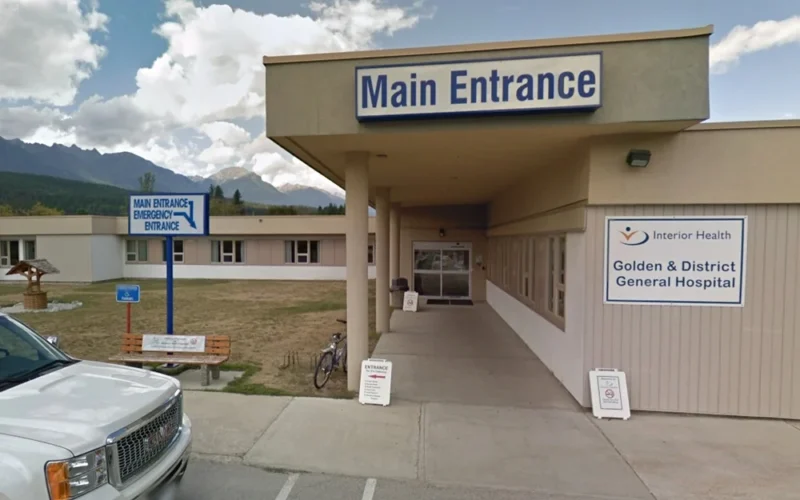Vancouver, BC (Richa Walia): A new study has found that increasing the number of low-risk surgeries performed in rural hospitals could significantly reduce British Columbia’s growing surgical wait times, without compromising on patient safety or care quality.
Published in the Canadian Journal of Surgery, the study compared outcomes of patients undergoing minor procedures at rural facilities such as Creston Valley Hospital, with those treated at larger urban hospitals in Kelowna, Kamloops, Cranbrook, and Prince George. The research found no difference in patient outcomes, regardless of whether surgeries were performed by general practitioners with enhanced surgical training or by specialist surgeons.
“This tells us we can safely expand high-quality surgical care into rural areas,” said Dr. Jude Kornelsen, the study’s lead author, an associate professor at UBC and co-director of the Centre for Rural Health Research.
Easing Urban Pressure, Strengthening Rural Systems
Dr. Kornelsen emphasized that not all surgeries should shift to rural hospitals. However, procedures like colonoscopies, hernia repairs, appendectomies, and caesarean deliveries could be offered in smaller communities for low-risk patients, easing pressure on overburdened urban operating rooms.
The Ministry of Health acknowledged the findings, stating that patients are currently given some flexibility in choosing where their surgeries occur, usually within their regional health authority. The ministry also noted it is actively working to expand surgical capacity across all sites in the wake of COVID-19 disruptions.
In many rural hospitals, physicians with advanced surgical or anesthetic training wear multiple hats, working as family doctors and stepping into surgical roles part-time. According to Dr. Kornelsen, these multi-skilled professionals are a “tremendously underutilized resource” in the health system.
Revisiting Regionalization
In the early 2000s, BC implemented a regional health model, directing patients to designated referral centres for complex care. While intended to make care more accessible, it inadvertently drew even basic surgical services away from smaller communities, reinforcing a perception that rural care was second-tier.
This recent study counters that stigma. It analyzed outcomes from 448,000 hospital visits across 166,000 patients who received common procedures between 2016 and 2021 in seven rural hospitals, Creston, Revelstoke, Golden, Fernie, Smithers, Hazelton, and Vanderhoof, and found comparable outcomes to urban centres.
A “Win-Win” Strategy for BC
Paul Adams, Executive Director of the BC Rural Health Network, called the strategy a “win-win-win-win-win-win” for patients, health-care providers, the health system, and the province’s economy.
Patients in rural areas often bear high out-of-pocket costs and stress when forced to travel to cities for care, a challenge compounded during pregnancies or health emergencies. Investing in rural surgical services could reverse this trend, attract skilled professionals to underserved communities, and rebuild confidence in local care teams.
The province already has the tools to scale this up, Kornelsen noted. BC’s long-standing network of rural hospitals and programs like the Rural Surgical and Obstetrical Network (RSON), launched in 2018 with a $19.3 million investment, has laid the groundwork. RSON has since boosted surgical volumes in rural areas while reducing complications and improving satisfaction among patients and staff.
RSON will continue to receive funding, with $1.1 million allocated for the 2025-26 fiscal year.
In Kornelsen’s words, expanding rural surgery is more than just a policy adjustment, it’s a made-in-BC solution to one of the province’s most pressing health-care challenges.

